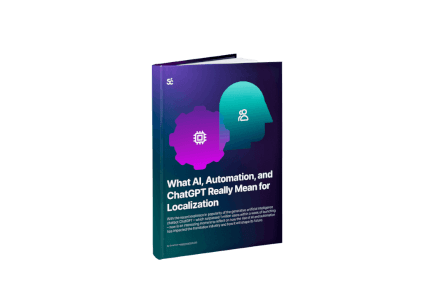Today, Smartcat announced the results of its translation industry research report focused on key benchmarks across the linguistic supply chain. This groundbreaking research gives eye-opening insights into inefficiencies global companies face today and on how AI translation remains an untapped, yet highly desired tactic in reducing costs while increasing quality.
146 global enterprises participated in the research study that collectively operate in 80 different countries and in 50 languages, with a combined translation and localization spend of $300 million per year. The list of participants includes some of the biggest global brands such as Apple, Siemens, Microsoft, Thomson Reuters, S&P Global, Subway, Red Cross, and Dell. These experienced-based insights and thoughts came from localization managers, globalization leaders, department heads, and stakeholders, all of whom are directly connected to the translation and localization process.
The study explores drivers, trends and strategies used by global translation teams to achieve outsized results with regard to resourcing, budgeting, timelines, and quality. The goal of the study was to fundamentally answer the question: what strategies could change the status quo and solve these translation supply chain inefficiencies for everyone, including clients, agencies, and translators alike?
Results for large enterprises in the study was particularly meaningful—quality, transparency, and turnaround time were all superior when the supply chain is transparent and clients have direct access to translators:
When collaborating directly with translators, 82% said quality was either very good or excellent versus only 34% for those who didn’t collaborate directly with translators.
When it comes to transparency, 91% rate collaborating directly with translators as very good or excellent versus only 65% for those who didn’t collaborate directly with translators.
From a turnaround time perspective, 55% found it to be fast when collaborating directly with translators versus only 13% for those who didn’t interact directly with translators.
Smartcat also asked respondents to rate their experience with AI translation—55% say their experience has been good, very good, or excellent.
With 59% of translation volumes set to expand in 2023 and 41% set to double the number of languages next year according to the research, efficient systems that allow direct access to translators will be more important than ever.
Media Contact
Loie Favre
Subscribe to our newsletter



